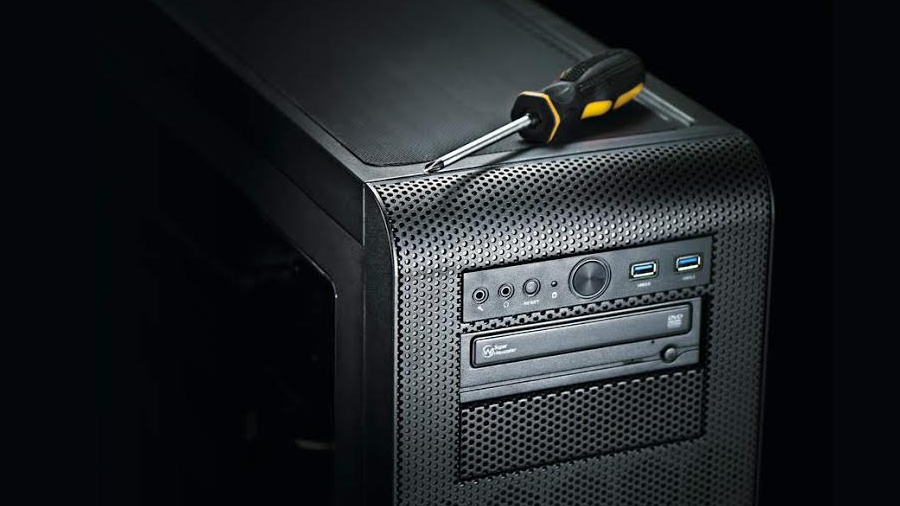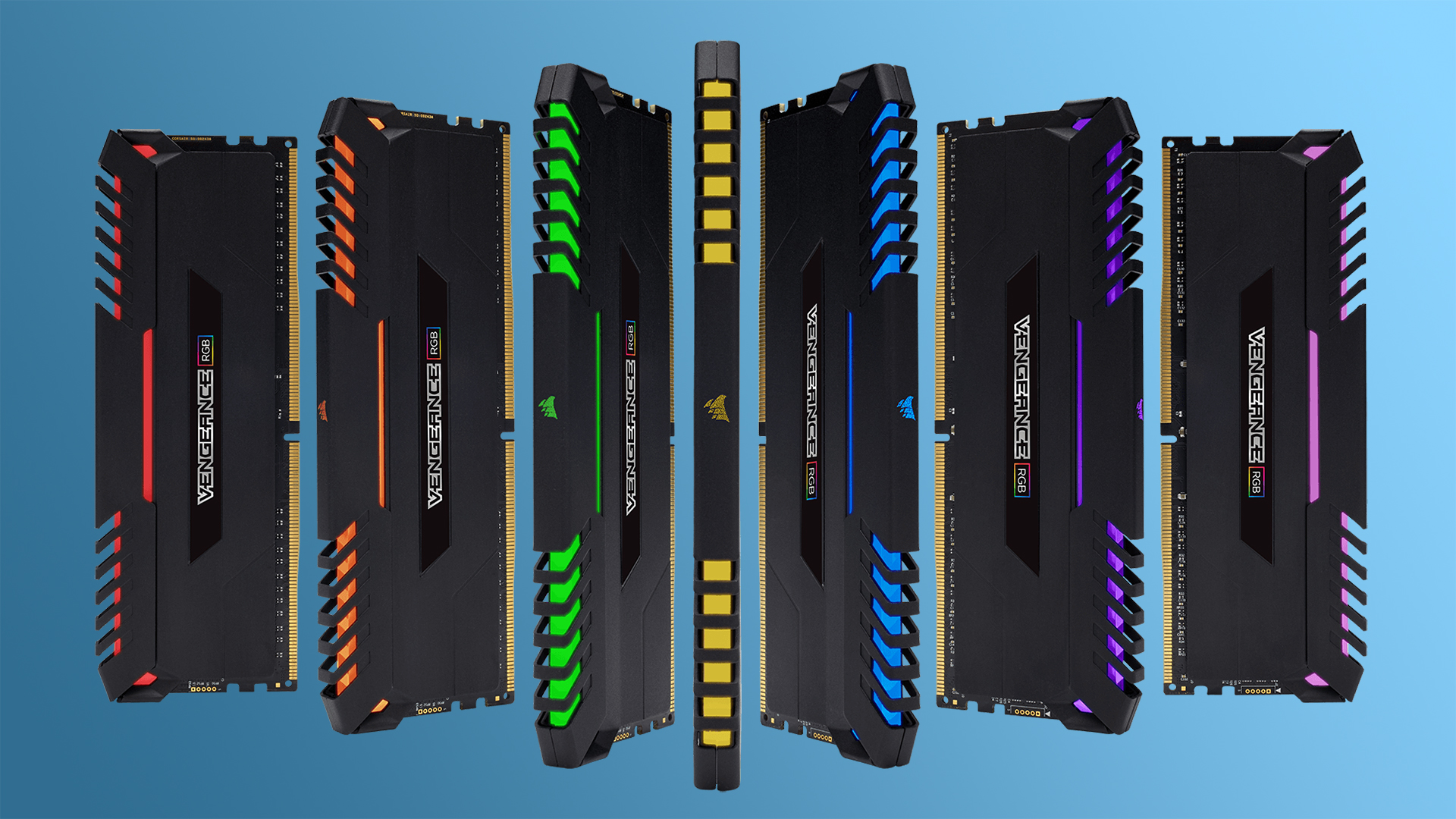Should you buy a gaming PC or build it?
Pre-built gaming PCs are great, but building one can be much more rewarding.

Buying a pre-built gaming PC is a great option for those that just want to get on with gaming. But building your own is a hugely rewarding experience. Not only can you spec it out however you like, and customise the look too, but you can even save yourself a few quid in the process.
Building a PC can seem like a daunting prospect, especially if you attempted such a thing in the ‘90s. But nowadays it’s a straightforward process. The first step is to decide what you want to use the computer for and then pick out the parts.
It’s a good idea to research each component by reading independent reviews, ensuring that you pick the right one for the task at hand. There’s no point in buying a 16-core processor if all you want to do is play a few esports games.
CPU, GPU, SSD, Memory
The core parts of a gaming PC that affect performance are the CPU (Central Processing Unit), motherboard, memory, storage and graphics card. In order to build something that powers on and functions, however, you also need a case, a power supply, hard drive and (since Linux gaming is still in its infancy) a copy of Microsoft Windows.

Depending on the CPU you buy, you may also need an aftermarket cooler to fix to the processor. For the most part, prioritise the graphics card. This has the biggest effect on how high you can turn up the settings in a game and the frame rate. That said, it’s also important to buy complementary components.
For example, pairing an expensive graphics card with a budget processor means you won’t get the performance out of your graphics card. The CPU simply won’t be fast enough to send the GPU the data it needs to work efficiently.
If you're thinking of building a PC for streaming, then you'll want to consider a processor that has multiple cores and threads to help handle multiple tasks at once, as you'll be playing games and recording your gameplay at the same time.
Get daily insight, inspiration and deals in your inbox
Sign up for breaking news, reviews, opinion, top tech deals, and more.
Check Compatibility
Compatibility can catch newcomers out. The motherboard is the trickiest part. Check that the motherboard you’ve chosen supports the features you need and the CPU, memory and storage you’d like to use.
Even correctly matching the socket type of the CPU with that of the motherboard doesn’t guarantee compatibility. Consult the manufacturer website to ensure the CPU is fully supported.
But will it fit?
There’s also the physical size of the motherboard and other components to consider. Motherboards and cases come in different sizes. The most common motherboard size is ATX, followed by Micro-ATX and Mini-ITX. You need to ensure that the motherboard size is supported in the case specifications.
If you’re planning on using an all-in-one liquid cooler with a large radiator or a tall tower CPU cooler for better temperatures and overclocking, you also need to make sure there’s enough clearance inside the case.

Again, manufacturer websites and independent reviews are a good source of information. From there, it’s a case of picking out memory (don’t settle for anything less than 8GB) and storage.
Since games are so large these days, you need at least a 500GB drive. While it’s more expensive, a solid state drive (SSD) is recommended since it makes such a difference to responsiveness. If you’re strapped for cash, pair a small SSD with a large mechanical hard drive.
It's worth it
No matter which parts you choose, your first build will take a few hours. But it’s so satisfying pressing the power button for the first time and watching it come to life. There are lots of great guides online that take you through the process step-by-step. Our How to build a PC guide is a great place to start.
- Find out more about how Intel is powering the next generation of PC gaming.
The TechRadar hive mind. The Megazord. The Voltron. When our powers combine, we become 'TECHRADAR STAFF'. You'll usually see this author name when the entire team has collaborated on a project or an article, whether that's a run-down ranking of our favorite Marvel films, or a round-up of all the coolest things we've collectively seen at annual tech shows like CES and MWC. We are one.